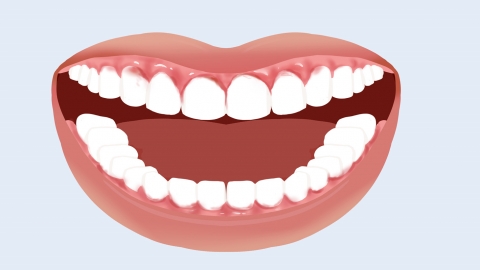Is gum bleeding a symptom of leukemia?
Generally speaking, gingival bleeding is not necessarily a sign of leukemia; it may also be caused by other factors. If discomfort symptoms occur, it is recommended to seek timely diagnosis and treatment at a qualified hospital. Detailed analysis is as follows:

Patients with leukemia experience excessive proliferation of abnormal white blood cells in the bone marrow, which suppresses normal hematopoietic function and leads to a decrease in platelet count. Platelets mainly participate in the hemostasis and coagulation processes. When their numbers are insufficient, effective hemostasis becomes difficult after vascular damage, making bleeding symptoms such as gingival bleeding more likely to occur.
However, there are multiple other potential causes of gingival bleeding. Common causes include trauma, gingivitis, and periodontitis. These conditions may arise due to injury or poor oral hygiene, leading to plaque and tartar buildup at the gumline and within periodontal pockets. This irritates the gum tissue, causing congestion, swelling, and fragility, which can easily lead to bleeding during tooth brushing or biting hard objects. Additionally, certain systemic diseases, such as cirrhosis and hemophilia, may also cause gingival bleeding.
If gingival bleeding occurs frequently and heavily, accompanied by systemic symptoms such as fatigue, fever, weight loss, or skin bruising, prompt medical attention should be sought for comprehensive evaluation to rule out hematologic disorders including leukemia.




